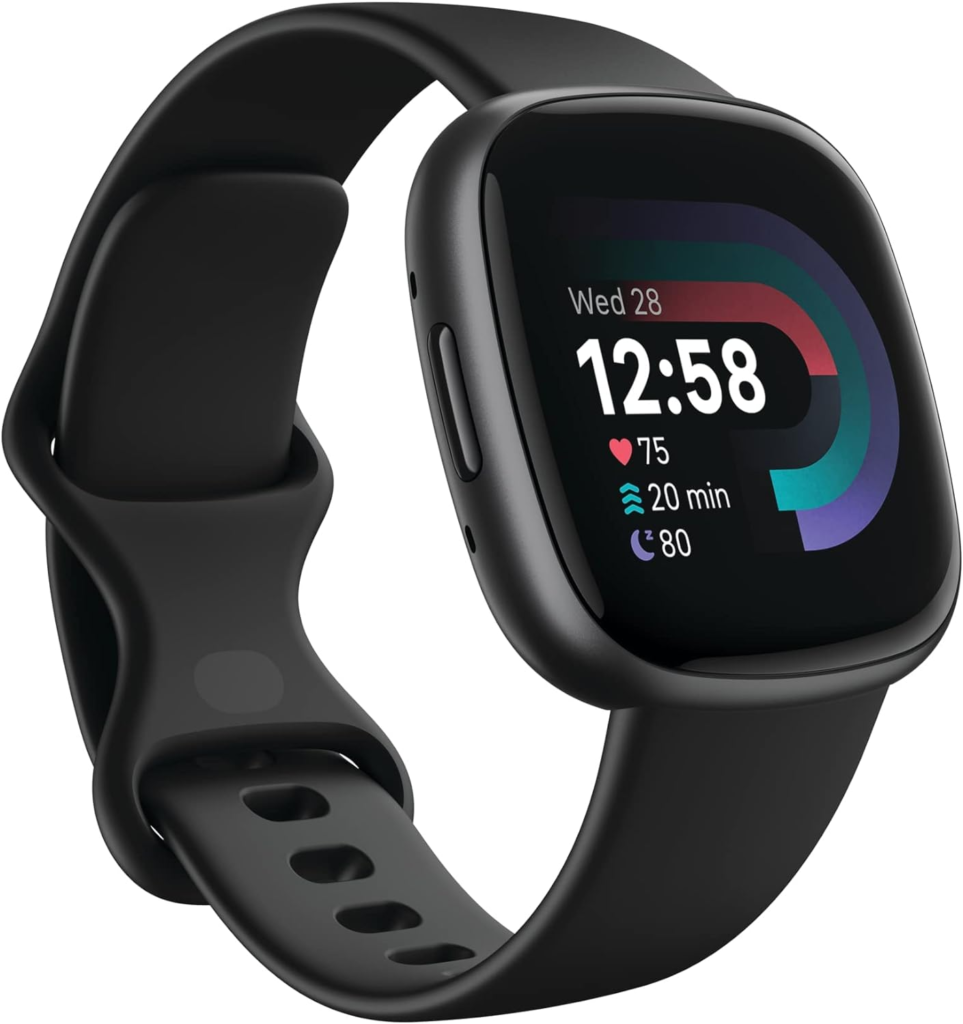The Evolution of Wearable Technology
Wearable technology has undergone significant transformation since its inception, evolving from simple fitness trackers to sophisticated smartwatches that offer a myriad of features. The early days of wearable technology can be traced back to pedometers and basic heart rate monitors, which allowed users to track their physical activity and health metrics with minimal intervention. These rudimentary devices provided the foundation upon which modern wearables would develop.
As consumer demand for more advanced functionalities grew, manufacturers began integrating innovative features such as heart rate monitoring, GPS, and sleep tracking into their products. This shift marked a pivotal milestone in wearable technology, as it transitioned from basic tracking to multifaceted health management. The advent of Bluetooth connectivity played a crucial role in this evolution, enabling devices to sync data with smartphones and other devices seamlessly. This integration improved user experience and facilitated the development of companion applications that enhanced the functionality of these wearables.
In recent years, the introduction of smartwatches has further revolutionized the landscape of wearable technology. Offering not only health and fitness tracking but also notifications, GPS navigation, and communication capabilities, smartwatches have become essential devices for many consumers. Innovations in sensor technology have allowed for greater accuracy in health monitoring while maintaining user comfort and style. With advancements in battery life and processing power, wearable devices can now deliver real-time data and support complex applications without sacrificing usability.
Looking ahead, the emergence of smart clothing signifies the next frontier in wearable technology. With embedded sensors and connectivity features, garments can provide continuous health monitoring and enrich the user’s lifestyle. The convergence of technology and fashion thus suggests a promising future where wearable devices can seamlessly integrate into everyday life, responding dynamically to users’ needs.
(Purchase today by clicking on the image)
Types of Wearable Technology
Wearable technology has significantly evolved over the past few years, presenting a multitude of devices responsive to individual needs. These devices can generally be categorized into several types: fitness trackers, smartwatches, augmented reality glasses, and smart clothing. Each category offers distinct functionalities, advantages, and target audiences.
Fitness trackers are primarily designed for health and activity monitoring. They typically record various metrics such as steps taken, distance traveled, and calories burned. Many models also provide heart rate monitoring and sleep tracking capabilities. Target audiences for fitness trackers often include athletes, health enthusiasts, and individuals looking to improve their physical well-being. These devices motivate users to achieve their fitness goals while providing actionable insights about their overall health.
Smartwatches, another prominent categorization, merge functionality and style. They provide notifications and communication capabilities through integration with smartphones. Additionally, many smartwatches feature health-tracking capabilities similar to fitness trackers. This dual functionality makes them appealing to a broader audience, including tech-savvy consumers, busy professionals, and casual users who appreciate the convenience of having notifications at a glance.
Augmented reality glasses represent a more advanced form of wearable technology, offering immersive experiences by overlaying digital information onto the real world. These devices are primarily targeted at tech enthusiasts, gamers, and professionals in fields such as engineering and architecture. They facilitate hands-free access to information, enhancing productivity and engagement in both recreational and professional settings.
Lastly, smart clothing integrates technology directly into garments, featuring textiles embedded with sensors capable of monitoring health indicators or enhancing comfort. Smart clothing resonates well with athletes and fitness enthusiasts. It allows them to collect data in real-time, ensuring optimal performance and recovery. Each type of wearable technology reflects its unique function, ultimately catering to a diverse audience while promoting active lifestyles and connectivity.
The Impact of Wearable Technology on Health and Fitness
Wearable technology has significantly transformed the landscape of health and fitness monitoring, providing users with real-time data and insights into their physical activities and overall wellbeing. By leveraging advanced sensors and connectivity, wearables such as smartwatches, fitness trackers, and smart clothing have become indispensable tools for individuals seeking to optimize their health. These devices enable users to track critical metrics such as heart rate, sleep patterns, and exercise performance, fostering a proactive approach to personal health management.
One of the primary advantages of wearable technology in the health domain is its ability to facilitate heart rate monitoring. Continuous heart rate tracking allows users to adjust their exercise intensity, promoting cardiovascular health and efficient workouts. Similarly, sleep tracking features in wearables provide critical insights into users’ sleep quality and duration, encouraging better sleep hygiene and recovery practices. Moreover, exercise analysis equips individuals with data on calories burned, steps taken, and workout efficiency, helping them to set realistic fitness goals and achieve desired outcomes.
Case studies and user testimonials reveal the profound impact of wearables on lifestyle changes and health improvements. For instance, a study highlighted how participants who utilized fitness trackers reported increased motivation to exercise, leading to enhanced physical fitness and weight loss over time. Testimonials often feature users noting that the feedback and reminders provided by their devices foster greater accountability, empowering them to remain committed to their health and fitness routines. This positive feedback loop underscores the importance of integrating wearable technology into daily life, as it can drive meaningful changes in health behaviors and overall wellbeing.
As innovation in this field continues to advance, it is clear that wearable technology will play a crucial role in shaping the future of personal health management, offering individuals unprecedented access to health data and insights.
The Future of Wearable Technology
The landscape of wearable technology is set for remarkable evolution, driven by advancements in several key areas. Among these, the integration of artificial intelligence (AI) stands out as a significant trend. As AI algorithms become increasingly sophisticated, they can enhance the functionality of wearable devices by providing personalized recommendations based on user behavior and preferences. This can lead to more insightful health tracking, where devices not only monitor metrics but also interpret the data to guide users towards healthier choices.
Another critical development involves improved bio-sensing capabilities. The future of wearables will likely see devices equipped with more sensitive sensors that can gather a broader range of biometrics in real-time. This may include monitoring parameters such as blood glucose levels, hydration status, and even mental health indicators. Such enhancements can empower users to take proactive steps in managing their health, facilitating a shift towards preventive healthcare rather than reactive treatments.
Moreover, advances in smart textiles promise to revolutionize the sector. These innovative materials can integrate sensors seamlessly into clothing, allowing for continuous monitoring without the discomfort of traditional wearables. As these textiles become more mainstream, they could offer unprecedented convenience and integration into daily life, giving users access to medical insights right within their wardrobe.
However, the industry must also navigate considerable challenges. Privacy concerns surrounding personal health data will demand robust security measures to establish user trust. Additionally, the longevity of devices and the durability of smart textiles require ongoing attention to ensure that they remain functional over time. Adoption rates among consumers will hinge on the perceived value and usability of these technologies. Addressing these challenges will be crucial in creating a future where wearable technology becomes an integral part of personal health management and enhances the quality of everyday life.





